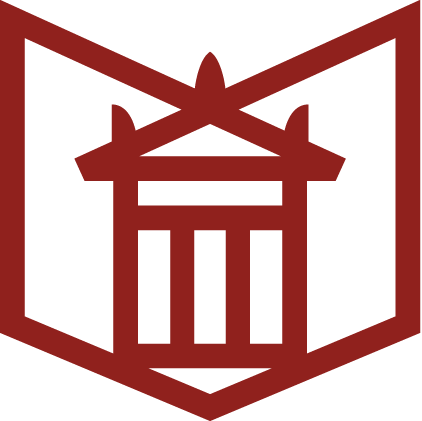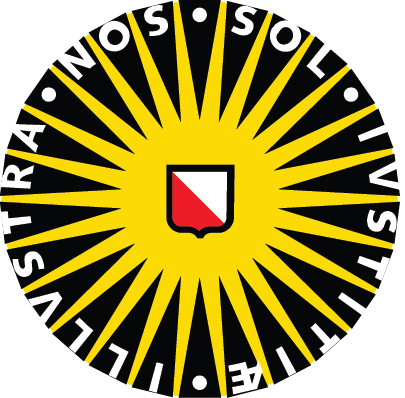The University Library
This Library, as one of the cultural institutions of national importance, has an important task and obligation to preserve Serbian cultural and historical heritage and to make it available to all interested individuals. The University Library uniquely testifies to the development of society in general in one historical moment and it distinctively portrays an attitude of a state which, after the First World War, tried with all its effort to make up for the lost time and to keep up with the developed states recognizing the importance of education in that process.
The first library built with a specific purpose
After all, this is the first purpose-built library in Serbia. At the end of 1920, the Carnegie Endowment donated 100,000 dollars to the Serbian government for the construction of a library in Serbia. It should be noted that the decision was made on the initiative of the two prominent Serbs who at the time lived in the USA. Those were Slavko Grujic (1871–1937), a diplomat, an MP of the Kingdom of Serbs, Croats and Slovenes in Washington, and Mihajlo Idvorski Pupin (1854–1935), a renowned physics professor at the Columbia University. Renowned professors at the Faculty of Philosophy in Belgrade and great Serbian scientists, Pavle Popovic (as the initiator), Veselin Cajkanovic and Aleksandar Belic, were the members of the Commission for the Establishment of the University Library. The foundation stone was laid on June 23, 1921, when Prince Regent Alexander, laid the charter on parchment in the foundation-stone of the building. The Library officially opened on May 24, 1926, on St. Cyril and Methodius Day. Professor Uros Dzonic (1897–1968) was appointed the first director and he remained on that position until the Second World War. The main task of the Library was “to, as an independent university institution, cultivate science and, as a scientific library, serve not only the needs of students and professors of the University of Belgrade but of all scientists.
From the Second World War to the 90’s
During the Second World War, the Library was not open to the public; a part of the building was occupied by the German army, but the building and the collections were mainly preserved. After the liberation, Milica Prodanovic, at the time a librarian, was appointed director of the Library. On the occasion of celebrating the centenary of the birth of Svetozar Markovic in 1946, the Library got its current name. After the Second World War, the application of contemporary library methods in organization and cataloguing has begun. The Classified Public Catalogue was formed and the Library established contacts with university and national libraries in the country and abroad, so intensive work on the exchange and interlibrary loan of publications began. Over time, the Library has worked on modernization and digitization of its activity and, in 1987, the University decided to declare the Library the Information Centre of the University of Belgrade. E-catalogue was formed and it is available online 24/7. Upon the introduction of the World Wide Web, the Library enabled its members different kinds of searches. The University Library was the first library in Serbia that made a website and that was in May 1996.
Today
Fully aware that a national culture has to keep up with the development of the global process of digitization in order to preserve its cultural and scientific potential in the contemporary digital surroundings, one can conclude that the University Library “Svetozar Markovic” has gained rich experience in this context – the completion of the first digitized collection of manuscripts from the legacy of Isidora Sekulic, a Serbian writer; digitization of old Cyrillic manuscripts; establishment of Phaidra, a digital repository (establishment of E-theses system within the Repository for storing doctoral theses which is simultaneously a part of the first Serbian collection of grey literature) and the establishment of the Knowledge Centre; contribution to many international digitization projects (we are especially proud of the digitization of old Serbian newspapers within Europeana Newspapers project). The University Library has contributed to this project with more than 400,000 digitized newspaper pages with metadata which is the first and the biggest completely searchable digital collection in Cyrillic.




